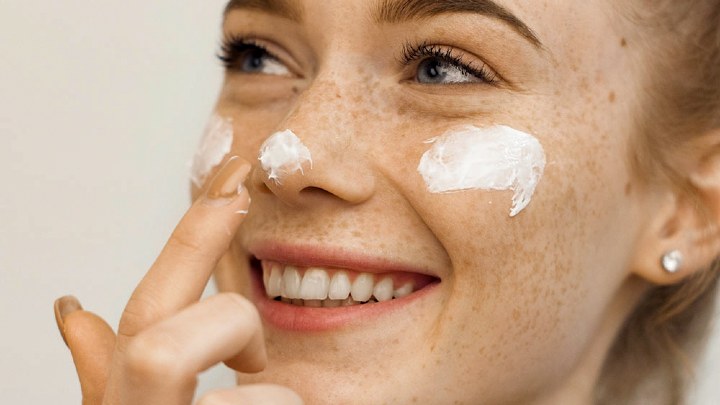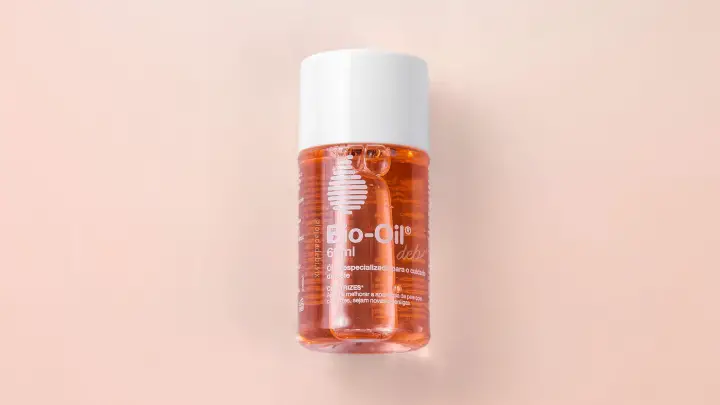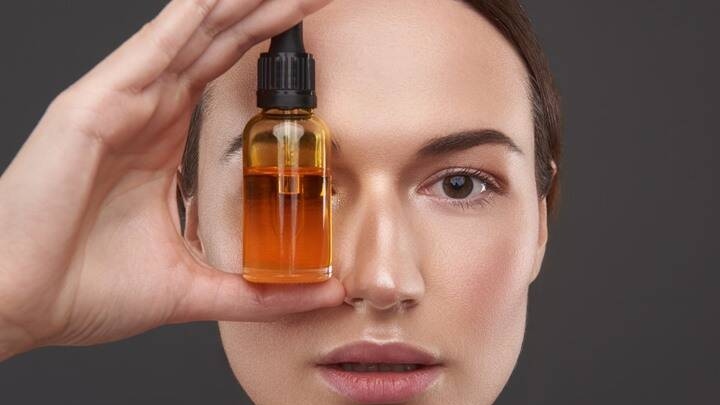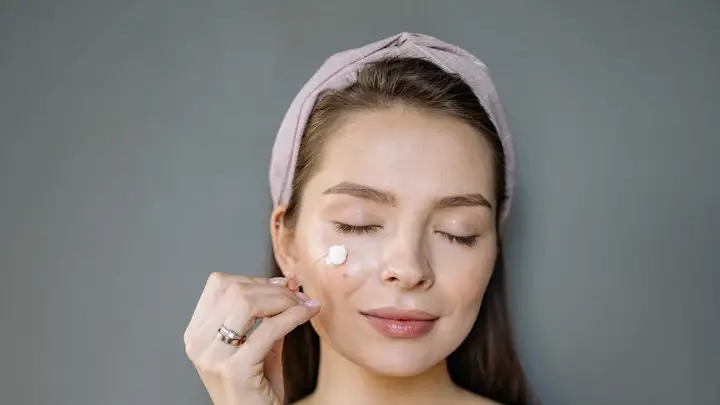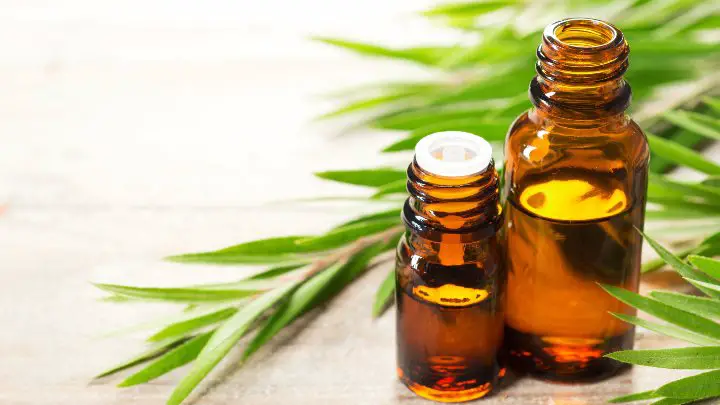Tretinoin and azelaic acid are two of the most effective ingredients for fighting acne. While they do differ in slight ways from each other, studies have proven them both to be very effective at treating acne, rosacea, and other skin conditions.
Although tretinoin and azelaic acid both work well as standalone treatments, many people claim they work better when used together.
But is this true? This article will give you an overview of these two popular skincare ingredients and tell you how they can benefit your skin. Read on to find out.
What Is Tretinoin?
Tretinoin is more commonly known as Retin A. It is a vitamin A derivative that helps to increase cell turnover, unclog pores, and reduce skin conditions like acne. Tretinoin comes in cream, gel, and liquid form and you can apply it directly to your skin every day.
Tretinoin works by increasing the cell turnover rate in the skin. As it does so, it causes rough skin cells to be replaced by new ones. This makes the surface of the skin cleaner and drier than normal, which tends to decrease skin oil production.
According to WebMD, tretinoin also helps treat wrinkles and fine lines by stimulating collagen production in the skin, thereby reducing the appearance of wrinkles.
This form of vitamin A can also make your skin more sensitive to sunlight and may cause sunburns more easily. To minimize this risk, experts recommend using sunscreen with a minimum SPF of 30 when taking tretinoin.
What Is Azelaic Acid?
Azelaic acid is an antimicrobial, antifungal, and antibacterial agent, according to Drugs.com. Manufacturers derive it from grains and certain types of yeast and fungi.
Azelaic acid works by slowing the growth of microbes and bacteria on the skin’s surface, which reduces inflammation and redness associated with acne.
It also helps to remove dead skin cells and other debris that may clog pores in the skin. As a result, it helps to prevent new pimples from forming.
The topical form of azelaic acid comes in a 20% cream that you apply directly to the affected area twice a day (morning and evening).
Tretinoin and Azelaic Acid
You can use tretinoin and azelaic acid to treat a variety of skin conditions, including acne, rosacea, fine lines, and wrinkles.
The first thing you need to know about these medications is that they are prescription only. They are not available over the counter at your local drug store or online. You must have a doctor’s prescription to obtain these medications.
Researchers developed both ingredients as treatments for acne, but they also have other uses since they activate different enzymes in the body. The one thing that sets them apart from each other is their composition and how they work on their skin.
Tretinoin works by speeding up the rate of cell turnover so that dead skin cells get sloughed off more quickly, keeping pores clear. Azelaic acid has several properties that help control oil production and the number of bacteria present on the skin.
Both products are available in formulations made with other acne medications, such as benzoyl peroxide or salicylic acid.
Can You Use Tretinoin and Azelaic Acid Together?
Yes, you can. Tretinoin and azelaic acid both have benefits on their own, but when used together, they are even more effective than either treatment on its own.
“By combining the two medications, you get the best of both worlds—reduced oil production and increased skin cell growth—which helps to prevent various skin conditions,” explains Dr. Blaire Rose, a board-certified dermatologist.
Tretinoin also promotes more effective penetration of azelaic acid into the skin, which helps to treat stubborn acne faster than either ingredient alone.
How to Use Tretinoin and Azelaic Acid Together
While there is no specific rule on how to use tretinoin and azelaic acid together, there are some general rules which you should follow.
- Start by washing your face with a mild cleanser to remove any dirt or makeup. Be sure to lather well and rinse off the cleanser thoroughly.
- Apply a small amount of tretinoin to your skin and then wait for 15-20 minutes before applying azelaic acid.
- Wait for 10 minutes for the products to absorb, then apply a moisturizer and sunscreen if needed.
Things to note:
- Use both products once or twice daily as tolerated or directed by a doctor. The dose, frequency, and duration of application depend upon the severity of your condition.
- Schedule your applications. The ideal time to apply these products is right after cleansing your skin.
- It is best to apply both products at night so that you can let them work their magic while you sleep.
- Improvement in appearance should be noticeable within two weeks of use, with maximum improvement within six weeks.
- If you don’t notice any improvement within six weeks, discontinue the use of both products and contact your physician.
- Ensure to wash your hands immediately after use unless you are also treating your hands.
Tretinoin or Azelaic Acid First?
“I recommend starting with tretinoin. If you’re looking for the best results possible, it’s better to begin with tretinoin because it increases the absorption of azelaic acid,” says Dr. Rose.
After you’ve finished applying tretinoin to the treatment area, wait for 15-20 minutes before applying azelaic acid. This will help fight inflammation and prevent bacteria from causing acne breakouts while also helping to prevent irritation or sensitivity.
Side Effects of Tretinoin
Common side effects of tretinoin gel include dryness, itching, and redness. If these side effects become severe while using this medication, contact your doctor.
You should also avoid exposure to sunlight or artificial UV light (sunlamps or tanning beds) while using tretinoin. To decrease irritation from sunlight, wear protective clothing and use sunscreen with a minimum SPF of 15.
Additionally, you should not use tretinoin if you are pregnant or breastfeeding unless your doctor directs you to do so.
Side Effects of Azelaic Acid
Azelaic acid is generally well tolerated by patients. However, some people may experience side effects with its use, including dryness, redness, itching, scaling, burning, stinging, peeling, and skin discoloration.
Patients who are allergic to yeast should also avoid using azelaic acid treatments. In addition, anyone with active herpes simplex lesions should not use this treatment because it can increase the risk of spreading the infection.
Side Effects of Using Tretinoin and Azelaic Acid Together
There is a lack of data on the potential side effects when these products are used together, for example, in acne treatment. However, there does not seem to be a significant risk of interactions between these drugs.
The major concern with this combination is the potential for increased irritation or inflammation from both agents.
In addition, because tretinoin can increase skin sensitivity, patients using this drug need to use sunscreen and wear protective clothing to prevent discoloration of the skin.
Other than untoward skin reactions due to irritation or inflammation, there are no important adverse effects associated with the combination of these drugs.
FAQs
Can you use tretinoin and azelaic acid to treat acne?
Yes, you can. Tretinoin and azelaic acid are two ingredients that work together in different ways to reduce the severity of acne.
Tretinoin works to smooth the skin’s texture while azelaic acid works to exfoliate dead skin cells and fight bacteria. This can make your skin appear more youthful and radiant than it would if you used either product alone.
How long does it take for tretinoin and azelaic acid to work?
4-6 weeks. You should notice an improvement in your skin within 4-6 weeks, although it can take more than that depending on your skin condition.
If you don’t see results after two months of continuous use, consult your doctor to determine how long it will take for your skin condition to improve.
Can you use tretinoin with niacinamide?
Yes, you can. The method is to apply tretinoin first before your moisturizer. Wait 20 minutes and then use the niacinamide.
You should not experience any flaking or irritation when you do this. This will also allow both products to be effective at each of their tasks.
Conclusion
Tretinoin and azelaic acid are the newest addition to the topical treatment arsenal for acne, rosacea, and aging skin. They’re even more effective when you use them together because they target different things on the skin.
This makes tretinoin and azelaic acid excellent options for those who are just looking to get rid of acne. For those who are interested in fighting rosacea, wrinkles, and hyperpigmentation, tretinoin and azelaic acid are also great choices.
Thanks for reading.
Serum101 provides you with in-depth articles on various skincare ingredients.
